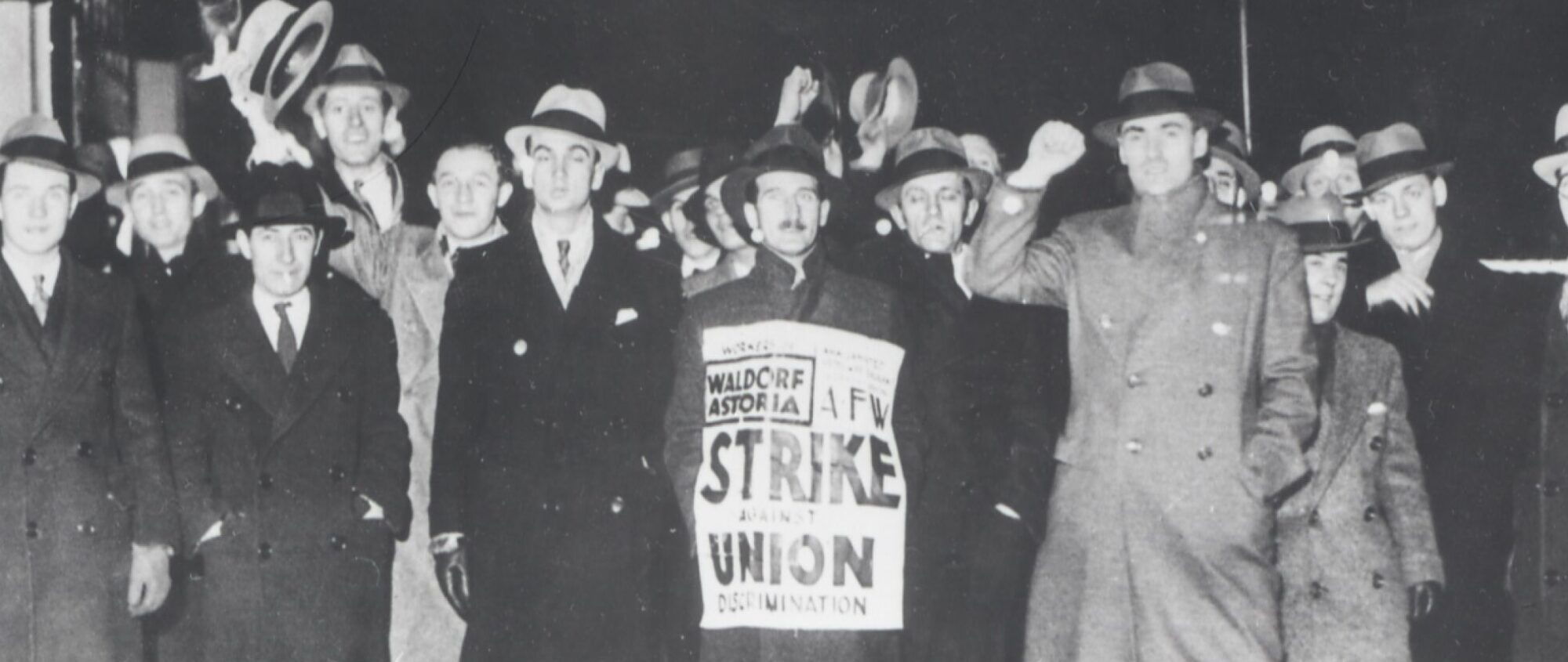The wheels of civil rights justice sure do turn slowly in America. With a curious vigor, authorities are seeking convictions for two of the most famous lynchings of the mid-twentieth century, while the U.S. Senate has recently apologized for not reacting to all those lynchings in a timely matter.
Better late than never? “You’re still doing what you did in 1964,” protests Rita Schwerner Bender. Back in that Freedom Summer, Schwerner Bender and her then-husband, Michael Schwerner moved to Mississippi in order to register blacks to vote. They worked with a Queens College student named Andrew Goodman, and a local black activist named James Earl Chaney. These nosy Jews from New York and their uppity Negro friend drew the ire of the local Ku Klux Klan, whose support went all the way up to the local sheriff, who, on June 21, arrested the three men for speeding and allowed them to be carried off from the jail. Their bodies were found days later, beaten, shot up and burnt to a crisp in their car. The good old boys arrested for the crime were acquitted. Recently, local authorities arrested Edgar Ray Killen, a former preacher they argue was the ringleader of the long-ago crime. “You’re treating this trial as the most important trial of the civil rights movement because two of the three victims are white,” Rita Schwerner Bender complained to the press, after testifying yesterday.
Although famous for galvanizing the Freedom Summer activists in the North (and later inspiring a lame Hollywood movie), Goodman, Chaney and Schwerner’s lynching was by no means the first lynching in Jim Crow South, which dated back to the efforts to establish equal rights in the South right after the Civil War. Congress resisted taking action for 105 years, but their apology doesn’t make all those poor souls who were whipped, hanged, shot, stabbed or beaten any less dead.
Likewise, avenging the lynching that sparked the modern civil rights movement, the murder of Emmitt Till, will not put an end to the struggle for civil rights and equality that it inspired. But that hasn’t stopped the authorities from digging up poor Emmitt’s bones for a new autopsy. That boy’s dead body has already done its service to the movement. It does not deserve to be used as a prop once again.
Back in 1995, 14-year-old Till was visiting his uncle in bloody Mississippi when the brash Chicago youth had the audacity to whistle at a white woman. For his bad behavior, the kid was dragged from his uncle’s home in the middle of the night. He was dredged from the Mississippi River three days later, his bloated corpse riddled with bullets and stab wounds, missing an eye. When his body returned to Chicago, his mother insisted on an open casket to show the world what southern racists do to little black boys. The pictures from his wake sparked a movement. One month later, Rosa Parks was arrested in Montgomery, Alabama, for resisting racial segregation on the city’s buses, and Dr. King started the famous boycott.
Needless to say, those accused of Emmitt Till’s murder were acquitted (That could have been any little boy’s body, the all-white jury concluded). Now local authorities may prosecute surviving members of the mob that pulled young Emmitt from his uncle’s home half a century ago.
Goodman, Chaney, Schwerner and Till are martyrs. Their families long ago gave up hope that their killers (most of whom are dead, some of whom are merely old and infirmed) would go to jail. What their families, and those of us who are their children in the movement, need to see is not narrow justice for their specific cases, but, ultimately, “justice for all.”
We live in a country where, 140 years after the Civil War, 50 years after Emmitt Till’s murder and 41 years after the “Mississippi Burning” lynchings, only one out of 100 Senators is black, only one out of nine Supreme Court Justices is black, and none of the 100 state governors are black; cops still regularly pull people over for “driving while black;” blacks are twice as likely as whites to be without health insurance, blacks are twice as likely as whites to suffer from poverty. I could go on and on, but the obvious fact is that we do not have racial equality and justice in this country, and, in fact, we are moving farther and farther away from that goal. These prosecutions of ancient crimes are meant to distract us from continuing the work that was begun by Goodman, Chaney, Schwerner and Till. The ghosts of Mississippi demand action for today, not retribution for yesterday.
